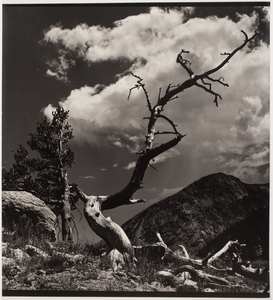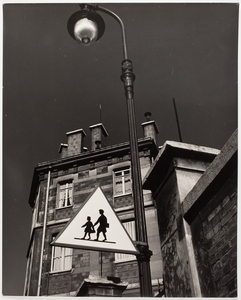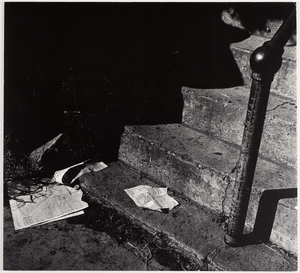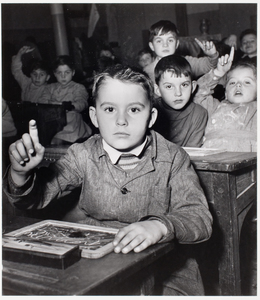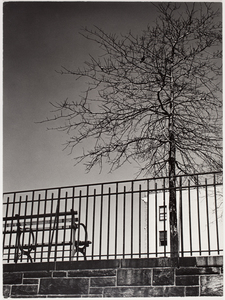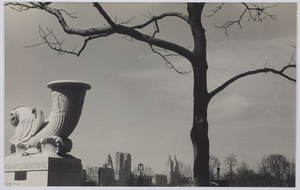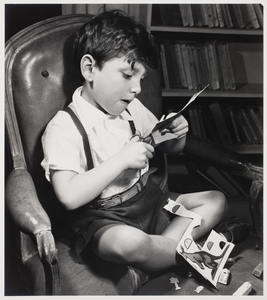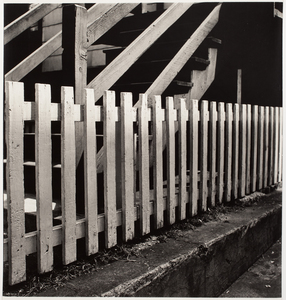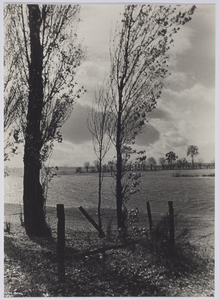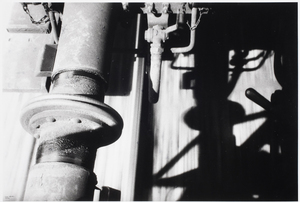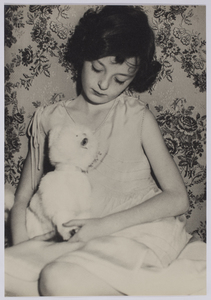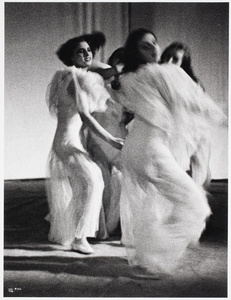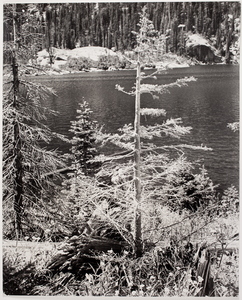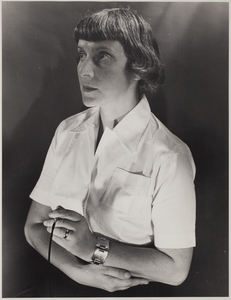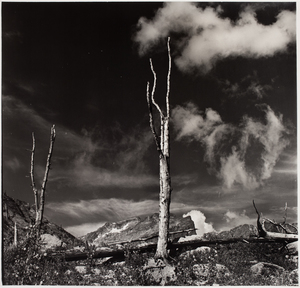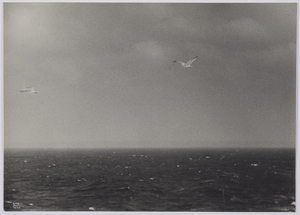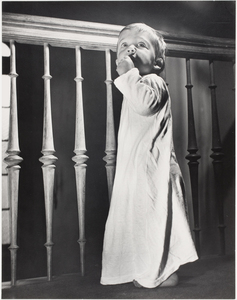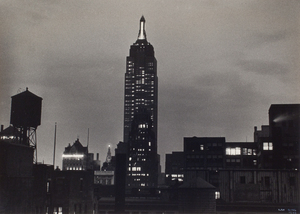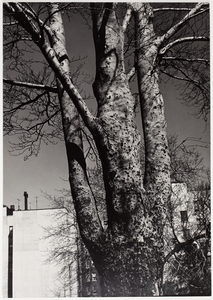Ilse Bing became interested in photography while creating illustrations for her dissertation at Universität Frankfurt on the eighteenth century German architect, Friedrich Gilly. As her enthusiasm for the new medium increased, she gave up her art history career to devote herself full-time to photography. Her friendship with figures associated with the Bauhaus, including the architect Martin Stam and the photographer Florence Henri, as well as her acquaintance with André Kertész in Paris, encouraged her tendency toward the formalist techniques of modernist photography. Like László Moholy-Nagy, the self taught Bing turned her photographs upside-down and sideways to assess their compositional relationships; like Kurt Schwitters, she was attracted to the banal details of urban living--torn tram tickets, gate latches, and other apparently minor objects. Bing worked with a Leica (she purchased hers in 1929, three years after it was introduced to the public) very early in her career and by 1932 had established a reputation in Paris as "queen of the Leica." Although most of her work was done on a freelance basis for the burgeoning German and French illustrated magazine industry, she was known also for her personal photographs in a style dubbed "documentary humanism" by Lincoln Kirstein, who favorably compared their successful communication of natural spontaneity to that of Henri Cartier-Bresson. Bing was included in important exhibitions of modern photography, such as Julien Levy's Modern European Photography, and the Museum of Modern Art's Photography 1839-1937. ICP held a retrospective exhibition of her work in 1986.
Bing's photographic activity subsided when she moved to the United States in 1941, but continued until 1959, when she decided she "had said all that she had to say with photography." She devoted her time thereafter to poetry and drawing, but her major contributions remain in photography, where she was among the first to use solarization, the electronic flash, the 35-millimeter camera, and to take photographs at night.
Lisa Hostetler
Handy et al. Reflections in a Glass Eye: Works from the International Center of Photography Collection, New York: Bulfinch Press in association with the International Center of Photography, 1999, p. 209.



